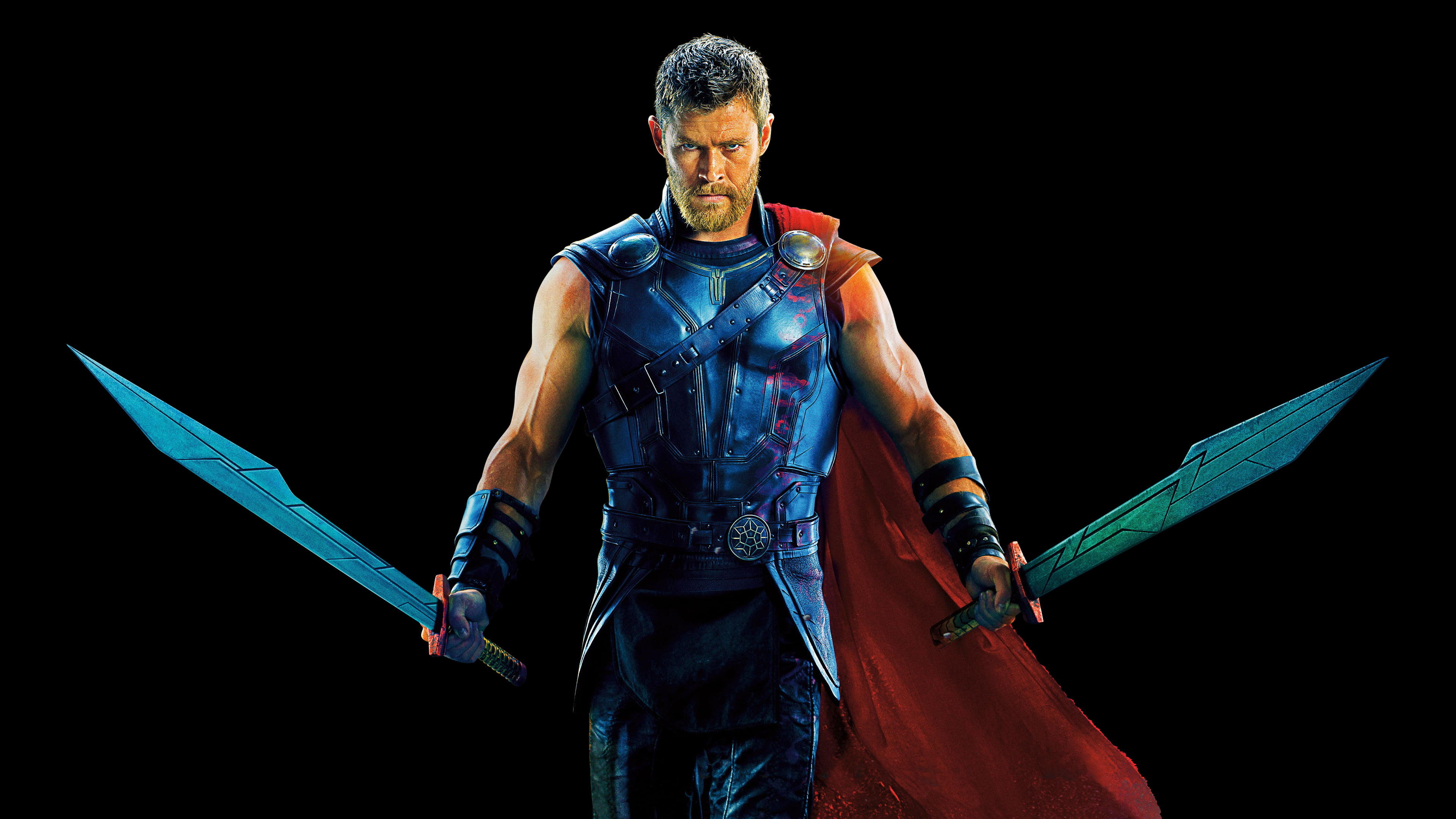

Anyone familiar with Waititi’s past projects will likely feel his imprint throughout the film, from its infrequent (but perfectly applied) willingness to break the fourth wall, to its subtle comedic moments that lay the groundwork for bigger, more overt laughs. Along the way, he reunites with his green-skinned Avengers teammate, Hulk (Mark Ruffalo), as well as his nefarious adopted brother, Loki (Tom Hiddleston), and recruits a former Asgardian warrior, Valkyrie (Tessa Thompson), on a mission to defeat the goddess of death herself, Hela (Cate Blanchett).Īlthough Ragnarok follows in the narrative footsteps of prior Marvel movies, it’s the first Hollywood feature for director Taika Waititi, who first garnered mainstream attention for his 2014 vampire mockumentary What We Do in the Shadows and later set a box-office record with his 2016 film Hunt For the Wilderpeople, the highest-grossing film ever to come out of New Zealand.įrom its very first scene, Ragnarok goes to great lengths to establish itself as something quite different from the Thor films that preceded it. The third installment of Thor’s solo series and the 17th movie in Marvel Studios’ rapidly expanding, interconnected franchise of superhero films, Ragnarok brings back Chris Hemsworth as the titular thunder god, and tasks him with escaping a far-off planet in order to save his fellow Asgardians from a terrifying new enemy. In fact, it was starting to seem like the god of thunder might be a lost cause … until Thor: Ragnarok came along and gave audiences one of the best movies to come out of Marvel’s cinematic universe so far. Sure, Thor has performed well as a team player in the Avengers movies, but his first two solo adventures rank in the bottom half of the studio’s cinematic universe both critically and commercially - a fact that’s led many pundits to question whether the hammer-wielding hero is truly capable of carrying a franchise on his shoulders.

Marvel’s god of thunder hasn’t exactly had an easy time of it on the big screen.


 0 kommentar(er)
0 kommentar(er)
